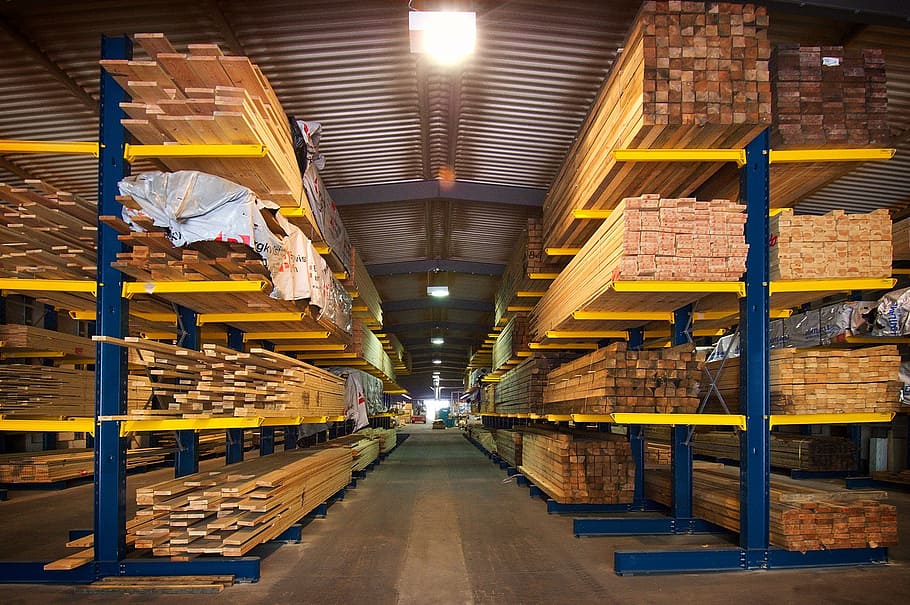The protect of your woodworking projects with impregnation is a must for the ones who want more protection , for their Woodworking plans .
I know that many like my woodworking plans to be as “raw” and primary can be , but i respect the people who like their wood plans , having other general approach , concerning their projects protection .
I don’t like much to paint my wood , or use chemicals to protect it , but sometimes you can’t do otherwise .

I personally like the smell and the touch of the wood in its primary form , protecting them only with a finishing oil (linseed mostly) , but in some of my projects , i’ve used impregnated wood .
I couldn’t do otherwise , because back then my projects were outdoor ones and as you know the weather conditions can “treat” hard the wood .
“Old times” wood protection methods , you should Avoid .
Many “old school” carpenters used petroleum for their woodworking projects mostly because they didn’t know the Shu Shougi Ban technic . and the petroleum was a cheap solution .
The petroleum protects the wood in a very high level from bugs and wood’s fungi , but it’s chemical , highly toxic and i don’t suggest you to use it , in no way .
I don’t also suggest you to use tar or any other toxic material , in order to protect your wood from its enemies .
The modern chemistry has invented so many eco friendly metarials to use for protection and your wood’s finishing , that the “old days” techniques ( any of them toxic) are “antiquated” already .
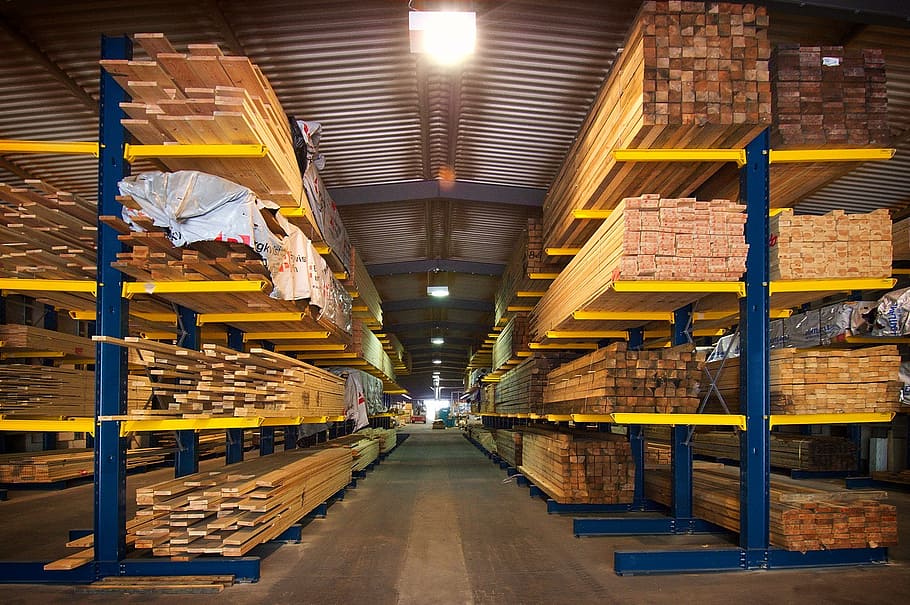
Wood have so many “enemies” .
Wood is a material which has many “enemies” and the wood bugs , sea wood fungus , termites , et.c “love” our beloved wood and their apetite is huge for it .
The inside wood’s cellulose and the other wood tree ingredients are very “tasty” for these bugs and if you want to retain your wood for years , you should protect it .

The extreme weather conditions and the changes of the atmosphere , also wear wood much and no matter how careful you are with your wood storage , eventually you’ll need to protect it .
How they protected wood , the ancient times ?
Don’t think that this problems we have are new ones . In the Holy Bible , Noah when he made his (wooden of course) Ark he used tar for protection .
The ancient Greeks who were very good saliors , they used grease , tar , several types of wax and cuprum chemical solutions , to seal their wood pieces and boards for their ships .

In my previous post you’ve seen , how can you make your wood Unburned using specific salts( ammonium phosphate) and combinations , impregnating the wood . The same approach we have for its protection in a wider scale .
Impregnation is maybe the only way for Maximum protection .
If you want to protect your wood and have the maximum possible , impregnation is the way you must follow .
The chemicals and salts with impregnation penetrate as deeper as we can inside the wood , so the protection can be the best . We cannot accomplish this goal of ours with any other way , than impregnation .
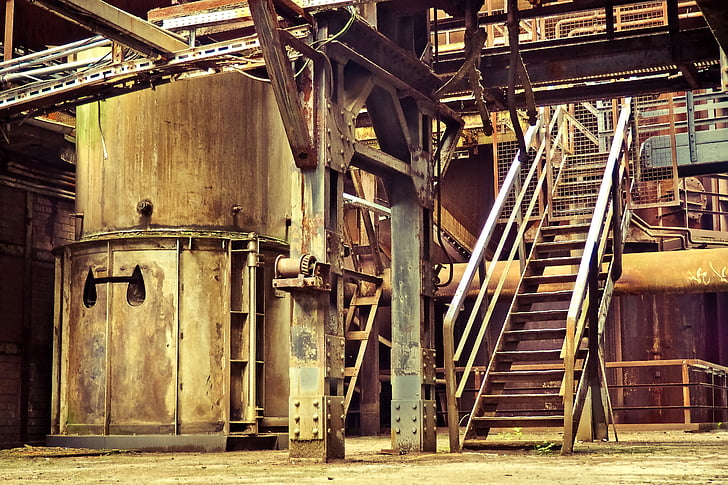
Using special pressure ovens , we “force” the chemicals to penetrate , to wood in all of its mass . So as you can imagine , if we want the impregnation to be perfect , we need to do it in a wood factory and this costs , unfortunately for the individual carpenters .
In these wood factories , the highly pressure “forces” the chemicals to go inside your wood and make it invulnerable to its “enemies . These pressures may reach 10 – 15 atmospheres according the wood type , the chemicals we use and the moisture of the wood .

Going to a factory like this costs some money , but the result is the best you can achieve . The chemicals are penetrating your wood to the maximum and the most important , remain inside the wood for more time .
When you’re about to go to one of this factory , to impregnate your wood , be very careful . You wood’s moisture must be below the 40% , if you’ll use oil soluble chemicals .
If your chemicals will be water Soluble ones we want higher moisture . More than 50% .

Is there another way except the high pressure ovens for impregnation ?
Yes there is . You can use a paintbrush or immersion , to paint and spread your chemicals to your wood pieces , but the result will be way less effective , than the impregnation .
As you can imagine , you can use a paintbrush all alone trying to do the “job” , but the wood’s mass penetration will be way smaller .
The same results , or maybe a little better you’ll have with the immersion .
If you leave your wood covered with the chems for some days – weeks , the chemicals will penetrate more than the brush , but not ideally . So if you want the better protection results with chemicals , impregnation is an “one way road” .

What are the most common Chemicals for impregnation ?
The chemicals Types we use for impregnation are 3 and they are :
1) Water Soluble Chemicals .
2) Oil Soluble Chemicals .
3) Oils .

1) Water Soluble Chemicals .
The water soluble Impregrating substances , are mixed metallic chemical materials , mostly salts , but not only salts . These mixed chemical metallic materials and salts are penetrating inside the wood piece , by pressure from the industrial ovens .
So this method cannot be made by you , with a paintbrush or something like that . It’s kind of expensive for an individual to do , but it’s worth it for sure .
So what is happening when these chemicals are getting inside the wood ?
The metallic elements are reacting with the celloluse and the other inside tree elements and they prevent the salts to be “washed” away . They keep the chemical salts for much time inside the wood , so that the salts can protect your wood , for years .
So this method of impregnation with salts and other metallic chemicals , is more complex , but it keeps your wood in the better “shape” possible .
If you go to a very good and professional pressure oven , so that the chemicals penetrate the whole wood mass , you have done the best you could go to protect your woodworking project .
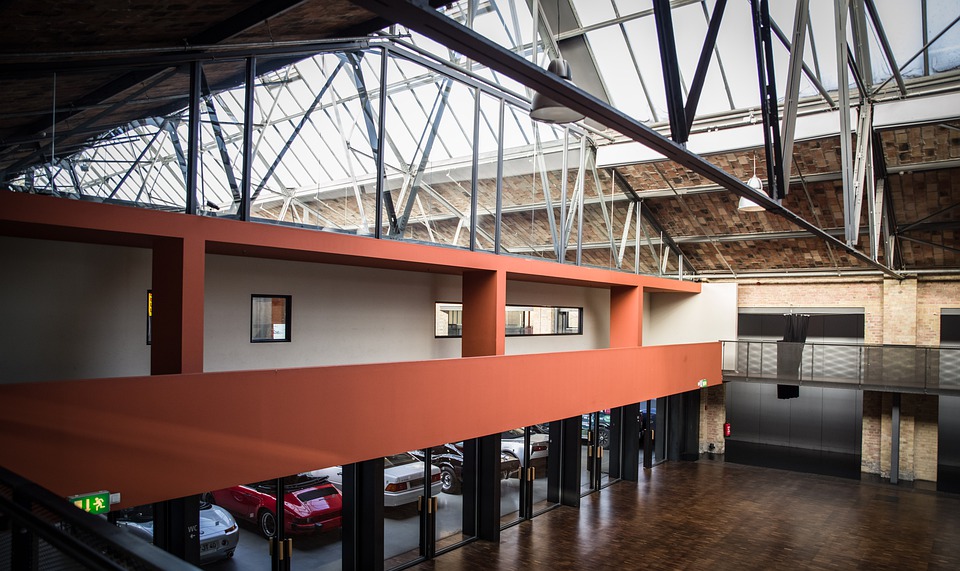
The Water soluble chemicals which commonly used are :
1.Cuprum salts .
2.Chromium salts .
3.Clorine salts .
4.Zinc salts .
5.Boron salts .
6.Fluorine salts .
7.Arsenic salts .
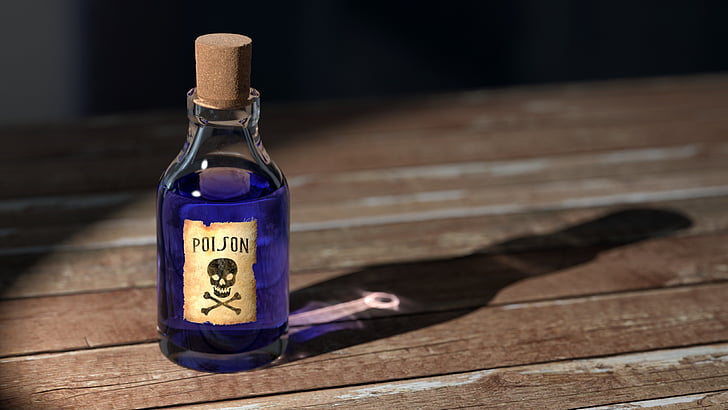
You may have seen a wood board , or something , having a light green color , a green “dust” on it . It is the arsenic salts after the impregantion and the appropriate drying after the inpregnation .
The arsenic salts are very good for the wood protection . It’s very effective for the bugs and it has many benefits .
We NEVER BURN IMPREGANTED WOOD . NEVER – NEVER – NEVER . The gas waste contains arsenic and it is very toxic .
The impreganted wood is very resistant to the outdoor circumstances and it can be used for many woodworking plans of yours , but you must never burn it , no matter what .
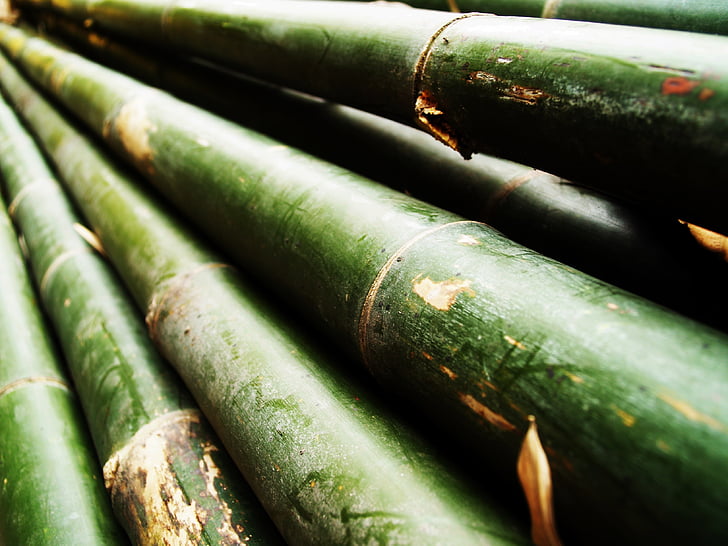
2) Oil soluble chemicals .
The oil soluble chemicals are way less toxic , than the water soluble ones and mostly are tar derivatives , which are dilute with several solvents . These solvents are petroleum most of the times and solvent tar . Of course depending the professional who is making the impregnation , many more solvents , can be used .
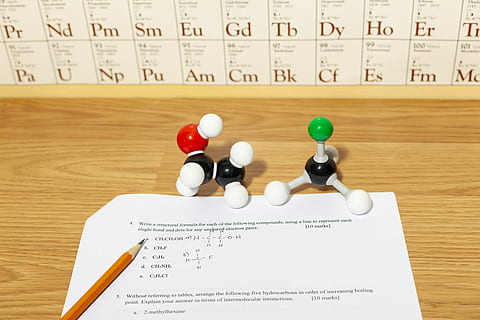
3) Oils .
In the oil area , we use Tar . It is the main chemical oil to use and its protection , is mammoth , but it’s toxic and i don’t suggest you to even think this protection path .
Tar comes from petroleum and it cause many – many SERIOUS health problems .
Usually the public services and the states use tar to the wood which it’s going to “live” outside and for many – many years . I’m sure that you have noticed the power supply’s agency log columns and the dark coating they have .
This is tar . Usually the part of the log , which is going to be inside the soil , has tar coating but in some cases the whole log column has tar coating . Here in Greece almost all of our Power Supply’s columns are full on tar , in all of their lengths .

Do the impregnated chemicals , affect to the wood properties ?
Yes they affect the tree , the wood and your woodworking projects . These chemicals and in general this process we do to protect our wood , affect to the mechanical and other wood properties . Usually they reduce them , but in not a very significant grade .

How long these chemicals can protect your wood ?
It depends . It depends from many factors . The type of wood , the drying of the wood after the impregnation , the type of chemicals we use .
The depth of the immpregnation from the pressure oven . The quantity of the chemicals , which are remain inside the wood . The place your wood will “spend its life” .
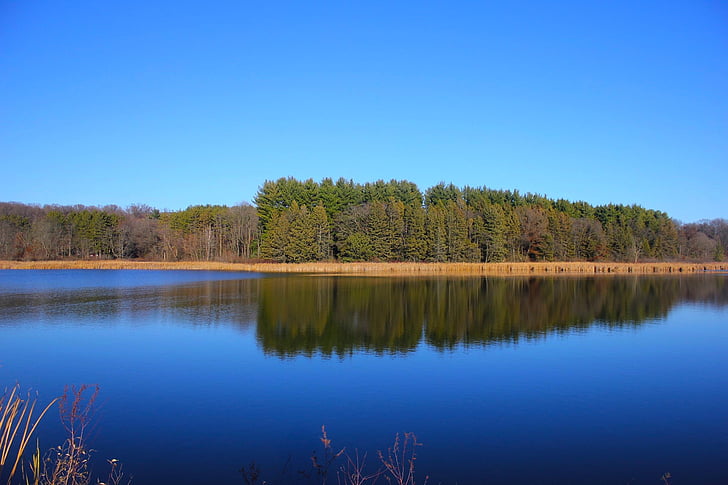
The weather conditions and moisture for sure , concerning the “washing out” of the chemicals . In Greece , we have Power Supply log columns( unfortunately with toxic tar protection ) , which were placed in the mountains before half a century and more .
These tree columns were placed in the 60’s and they are in a very good condition .
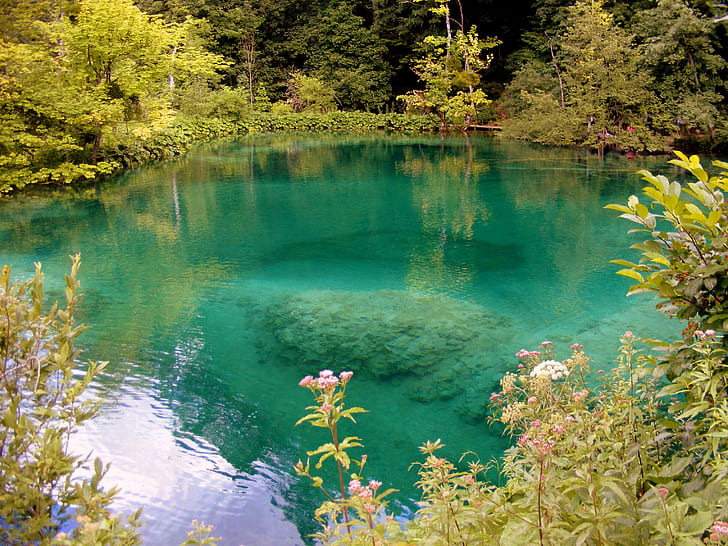
To remind you that here in Greece our climate is very tough for the wood . We have sort but sometimes hard winters and many months of very hot summer .
Our summer high temperatures last for more than 3 months , till 6 or 7 sometimes and the sun is “punishing” the wood with very high temperatures for 12 hours a day .
This switching , from moisture at nights and the hot sun for 10 – 12 hours a day , “tests” the wood hard . For sure protecting the wood with chemicals , impregnation , painting with protecting oils and stuff , helps the most , but if you can retain your wood projects , inside a warehouse , even better .

Keep up your woodworking life and launch your happiness to the stars !!!
